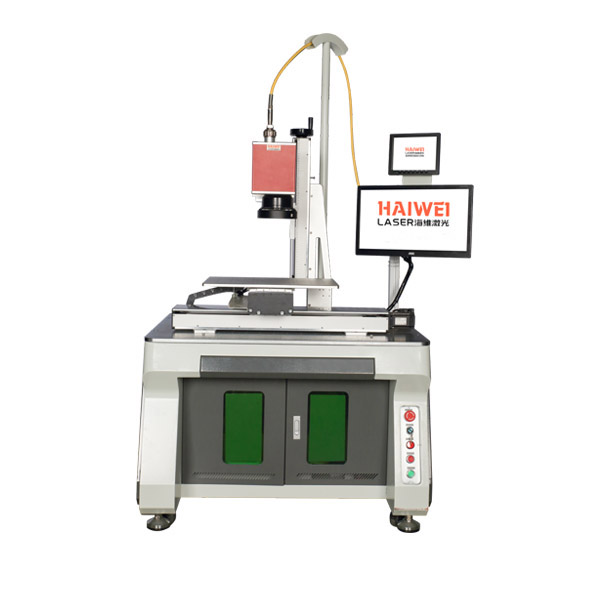How to Customize Laser Welding Solutions Based on Actual Production Needs?
In the fast-evolving manufacturing sector, companies often face the challenge of finding the right laser welding solution that perfectly matches their production needs. Customizing a laser welding setup is not just about selecting the right machine but also involves tailoring the entire process to ensure efficiency and quality. Here’s how you can achieve this.

Understanding Your Production Requirements
The first step in customizing your laser welding solution is to thoroughly understand your production requirements. This includes analyzing the materials to be welded, the dimensions of the parts, the required throughput, and the precision needed. For instance, welding thin metals may require different settings compared to thick structural components. Identifying these specifics helps in choosing the appropriate laser type and power.
Selecting the Right Laser Technology
Choosing between fiber lasers, CO2 lasers, or diode lasers depends largely on the application. Fiber lasers are versatile and efficient for many industrial applications due to their high beam quality and energy efficiency. On the other hand, CO2 lasers might be preferable for non-metallic materials. The decision should be guided by material properties and the desired weld characteristics.
Integrating Automation and Software
Modern manufacturing demands high levels of automation. A custom laser welding solution should integrate seamlessly with existing production lines. This might involve adding robotic arms for handling parts, implementing automated loading/unloading systems, and using advanced software for real-time monitoring and control. Such integrations not only increase productivity but also reduce human error.
Ensuring Safety and Compliance
Safety is paramount when dealing with high-powered lasers. Custom solutions must include adequate safety measures such as enclosed workspaces, interlocks, and personal protective equipment (PPE). Additionally, ensuring compliance with international standards like ISO 13823 and IEC 60825-1 is crucial for operating legally and safely.
Maintenance and Support Considerations
Customizing a laser welding system isn’t just about installation; it also involves planning for maintenance and support. Regular servicing ensures optimal performance and longevity of the equipment. Partnering with a reliable laser welding provider who offers comprehensive after-sales support can significantly enhance operational reliability.
Customizing a laser welding solution requires a deep understanding of both the technology and the specific production needs. By carefully assessing material types, selecting suitable laser technologies, integrating automation, ensuring safety, and planning for maintenance, manufacturers can develop a tailored solution that maximizes efficiency and output quality. Whether you’re upgrading an existing line or setting up a new facility, taking a customized approach to laser welding solutions is key to achieving sustainable growth and competitive advantage in today’s market.
Recent Posts
- What are the advantages of laser welding machines in lithium battery pack production lines?
- What issues should be noted when choosing a lithium battery pack production line?
- Quality Inspection and Control of Lithium Battery Module Pack Production Line
- Cell grouping and sorting process in lithium battery module pack production line
- What are the safety hazards of lithium battery pack production lines and how can they be prevented?
INQUIRY

